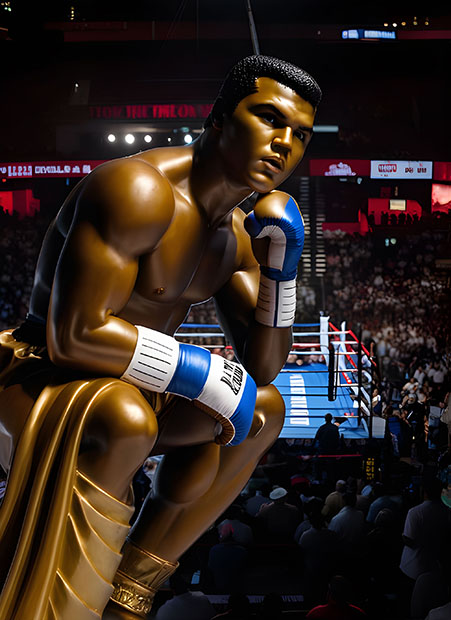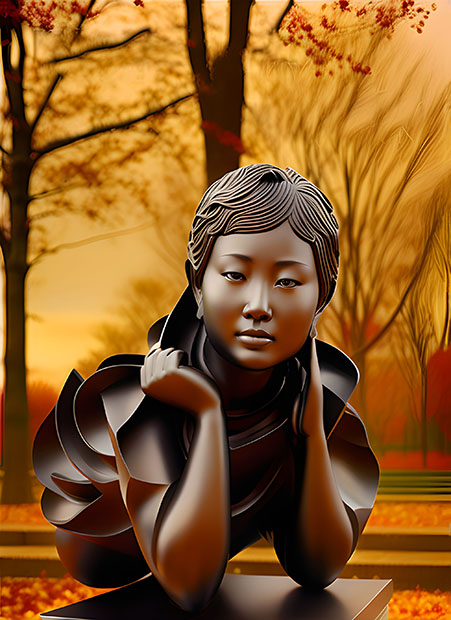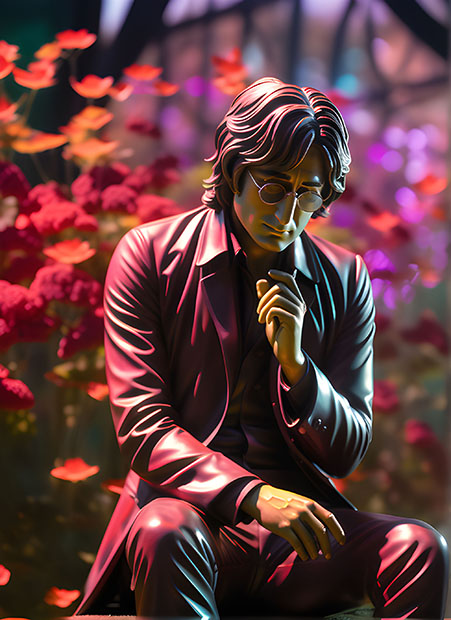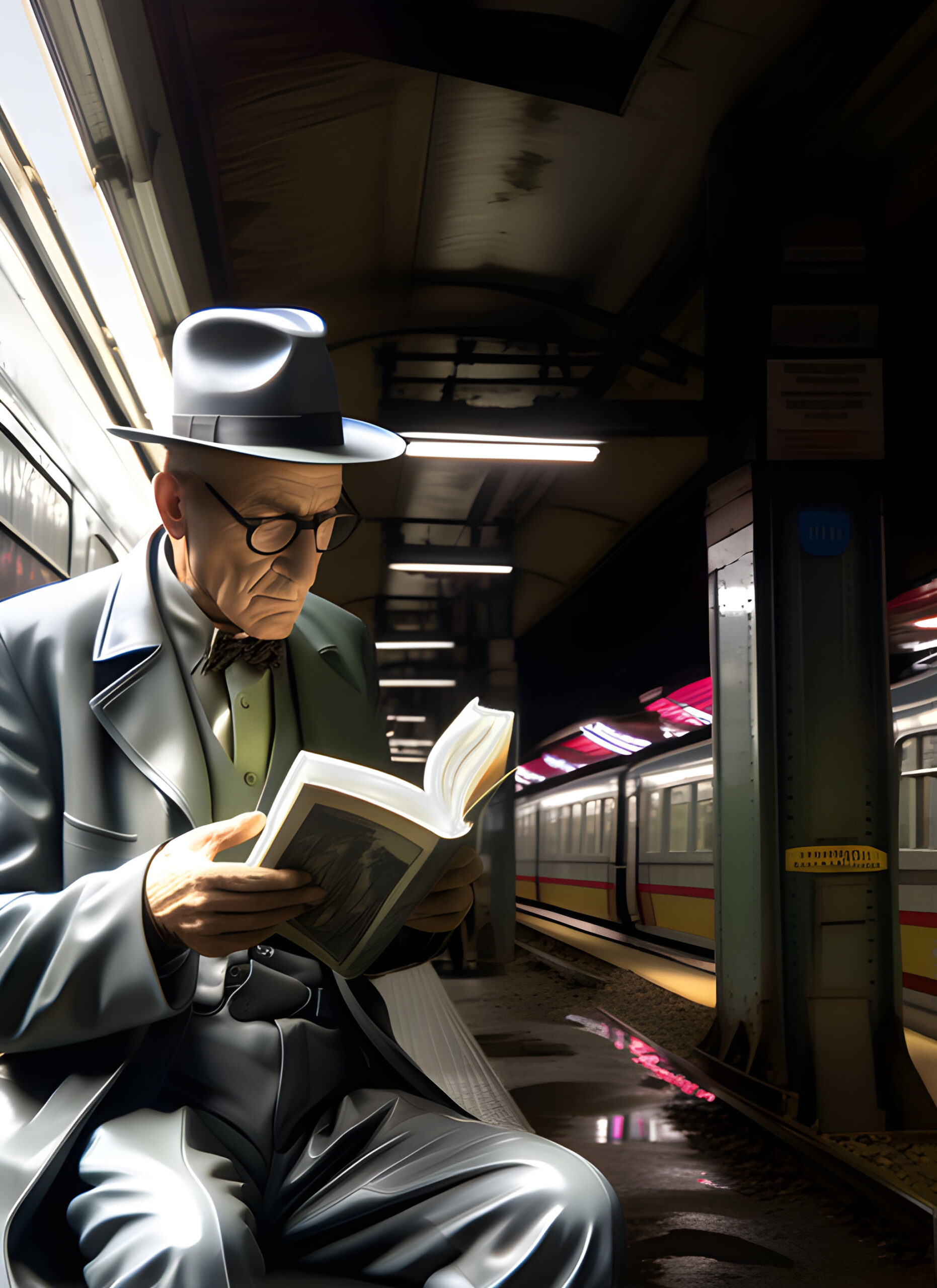William S. Burroughs was a pivotal figure in the Beat Generation, a literary movement that took off in the 1950s. Born into a wealthy St. Louis family, he’s most famous for his novel “Naked Lunch,” a cornerstone of counterculture literature. His writing is known for its nonlinear narrative and dark humor, tackling themes like addiction, sexuality, and societal control. He developed the “cut-up” technique, randomly rearranging text to create new meanings, which influenced artists from David Bowie to Kurt Cobain.
Despite being a Harvard graduate, Burroughs lived a life that defied convention. His battle with heroin addiction and the accidental shooting of his wife Joan Vollmer during a drunken “William Tell” game in Mexico profoundly influenced his literary work. These experiences shaped his raw, unflinching exploration of human nature’s darker sides, challenging societal norms and censorship. “Naked Lunch” itself faced legal battles over obscenity but played a significant role in liberalizing U.S. publishing laws.
Beyond writing, Burroughs was a cultural icon who influenced artists across various fields, including music and visual arts. His collaborations with figures like Jack Kerouac and Allen Ginsberg shaped the ethos of the Beat movement, emphasizing spontaneity and the exploration of consciousness. His experimental “cut-up” method extended beyond literature into film and sound art, making him a pioneer of multimedia art. Burroughs continued to inspire and provoke thought until his death in 1997, leaving a legacy that challenges and expands the boundaries of creative expression.
William S. Burroughs’ Statue
The statue captures Burroughs in his signature look—fedora, suit, and wire-rimmed glasses—reading while seated in a New York City subway station. Cast in weathered steel with hints of patina, the figure exudes the noir atmosphere that permeated much of his work. The subway setting perfectly embodies the underground culture Burroughs both documented and influenced, while the stark lighting creates dramatic shadows that echo the dark themes of his writing. His contemplative pose while reading suggests both the intellectual and the outsider, a man simultaneously part of and separate from the society he observed and critiqued. The industrial setting of the subway platform, with its fluorescent lights and urban grime, provides a fitting backdrop for an author who explored the mechanical nature of control and addiction in modern society.
More Thinkers to Explore

Muhammad Ali

Maya Lin

John Lennon

